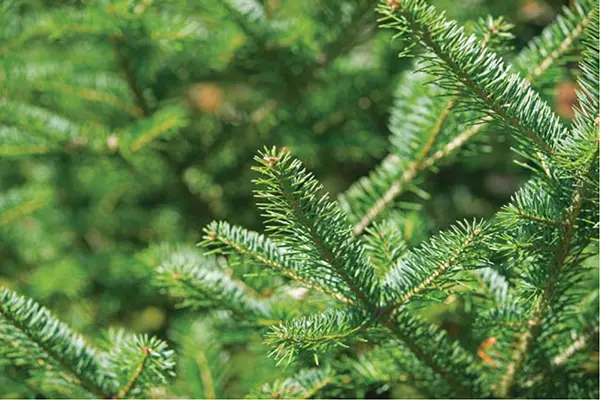
Origins of Balsam
Balsam, an aromatic tree resin, is renowned for its use in creating popular essential oils. Key varieties include balsam fir, evoking Christmas tree aromas, and balsam of Peru, with its vanilla and cinnamon scent due to vanillin and cinnamic acid. The latter originates from the Myroxylon tree in Central and South America, primarily El Salvador.
History and Lore
Contrary to its name, balsam of Peru was not exclusive to Peru. Although harvested throughout Central and South America, it was exported to Europe from Peru, thus the name. Its European export dates back to the seventeenth century, but its usage by the Maya predates this, notably for medicinal incense.
Healing Uses
Balsam fir essential oil offers muscle pain relief post-exercise and supports the respiratory system. Balsam of Peru oil, however, is versatile – treating skin conditions, rheumatism, respiratory ailments (especially productive coughs), and offering antiseptic and anti-inflammatory benefits for wound healing. Notably, it’s a common allergen, so caution is advised for first-time users.
Personal and Spiritual Growth
For emotional and spiritual well-being, balsam fir oil is a boon. It stimulates the mind, relaxes the body, and balances mood, particularly effective in regulating sacral and heart chakras. It’s a grounding aid in meditation and reduces stress and mental fatigue. However, it might also unearth suppressed negative emotions.
